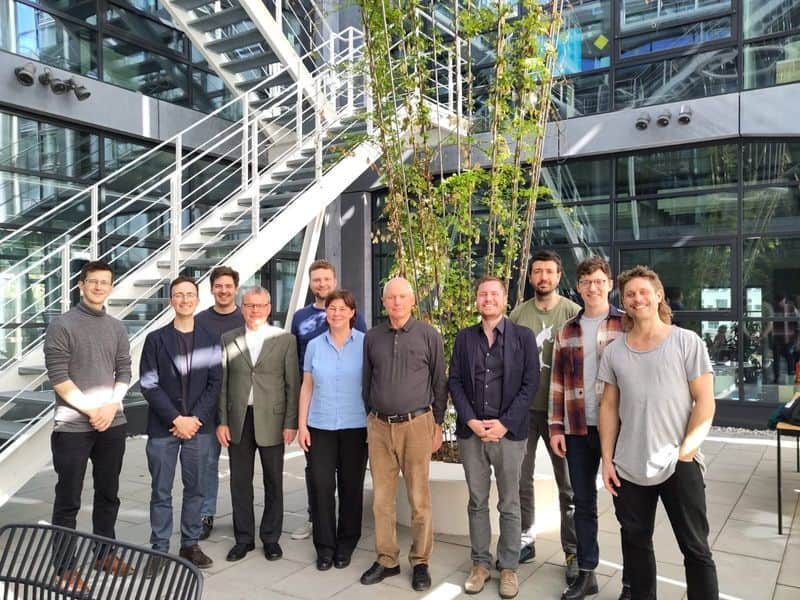
Proxima Fusion, a spin-off of the Max Planck Institute of Physics, just raised €7 million to develop an ambitious and potentially revolutionary nuclear reactor, announces the company in a press release.
Proxima Fusion is the first spin-out from the Max Planck Institute for Plasma Physics (IPP). The startup was founded by former scientists and engineers from the Max Planck IPP, MIT, and Google-X. The group aims to deploy a new high-performance stellarator over the coming years. Its roadmap targets a first-of-a-kind fusion power plant within the 2030s.
Fusion powers the stars
Fusion is the process that powers the stars. To make it possible on Earth, one can confine high-energy ionized matter, called “plasma,” via magnetic fields. Tokamaks and stellarators are two approaches that do so by creating a magnetic “cage” in doughnut-shaped devices. Stellarators use a complex set of electromagnets outside of the plasma. In contrast, tokamaks combine external electromagnets with a large current within the plasma, simplifying the overall design but incurs significant control challenges.
Modern magnetic confinement devices can already routinely reach plasmas at more than 100 million degrees – 10 times the temperature at the center of the Sun. For decades, the opportunity to leverage fusion as a safe, clean, and abundant energy source has motivated academic research in this domain.
The most advanced stellarator
The Proxima Fusion project stands on the shoulders of IPP’s Wendelstein 7-X (W7-X), which is by far the most advanced stellarator in the world. Although more complex in design than tokamaks stellarators present compelling features for a fusion power plant: they can operate in a steady state, with smaller operational challenges, and present an attractive solution to manage excessive heat loads on material surfaces.
However, stellarators have long been affected by major drawbacks: poor plasma confinement at high temperatures, high losses of fusion products, and challenging construction tolerances. Many of these challenges have been solved in recent years: “Experimental progress from W7-X and recent advances in stellarator modeling have radically changed the picture”, explains Francesco Sciortino, co-founder, and CEO of Proxima Fusion. “Stellarators can now remedy the key problems of tokamaks and truly scale up, radically improving the stability of the plasma and reaching high performance in steady state.”

Stellarators’ superiority
The performance of fusion devices has historically been quantified with the “triple product” of density, temperature, and confinement time. Since its operations started in 2015, W7-X has been rapidly catching up with the most advanced tokamaks, which have collectively received more funding. However, the triple product says little of the engineering and economic viability of a fusion concept for power plants. W7-X excels in these respects: its February 2023 record of the energy turnaround, the total heating power multiplied by the duration of the experiment, is only the latest demonstration of how stellarators like W7-X are superior in many important ways.

